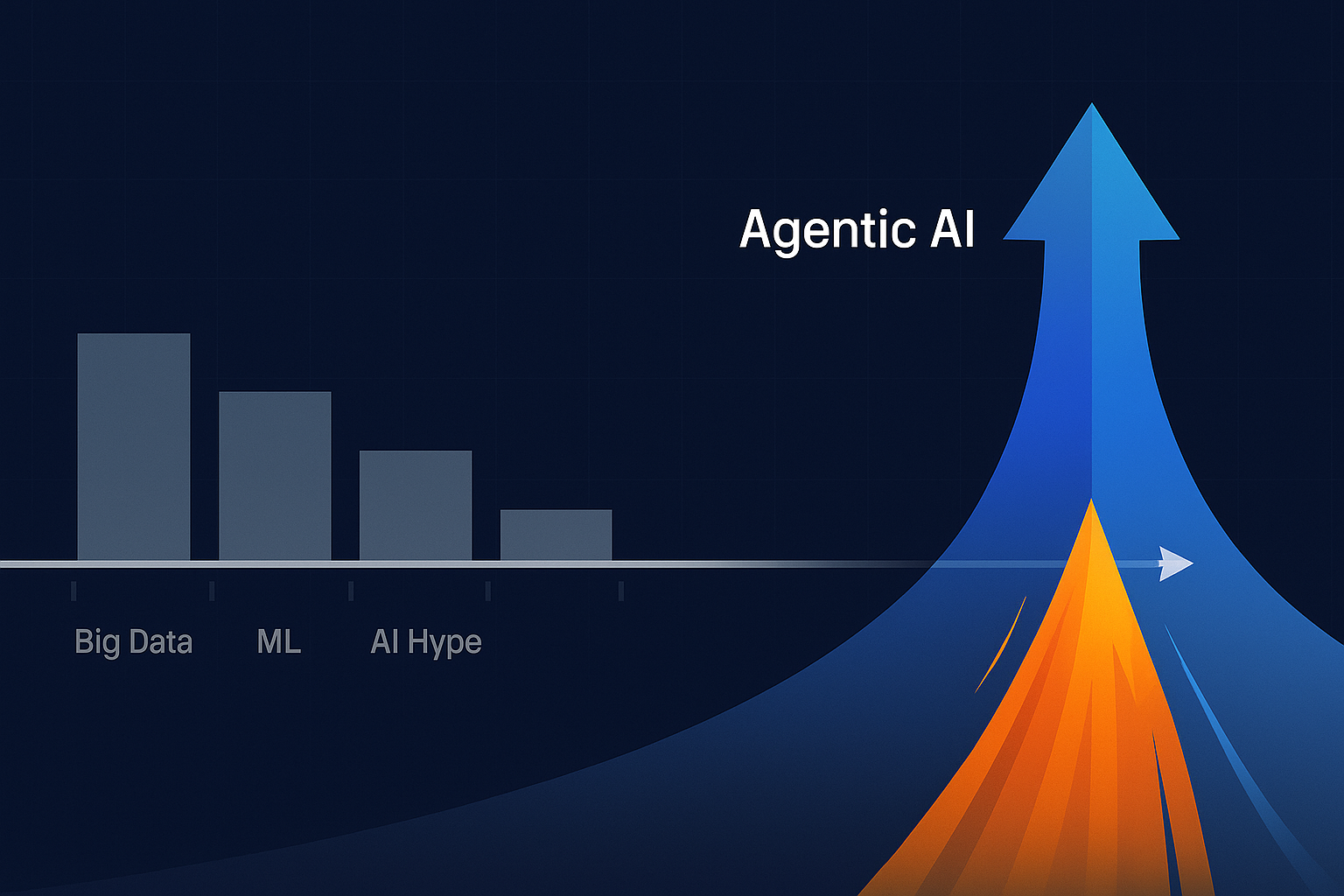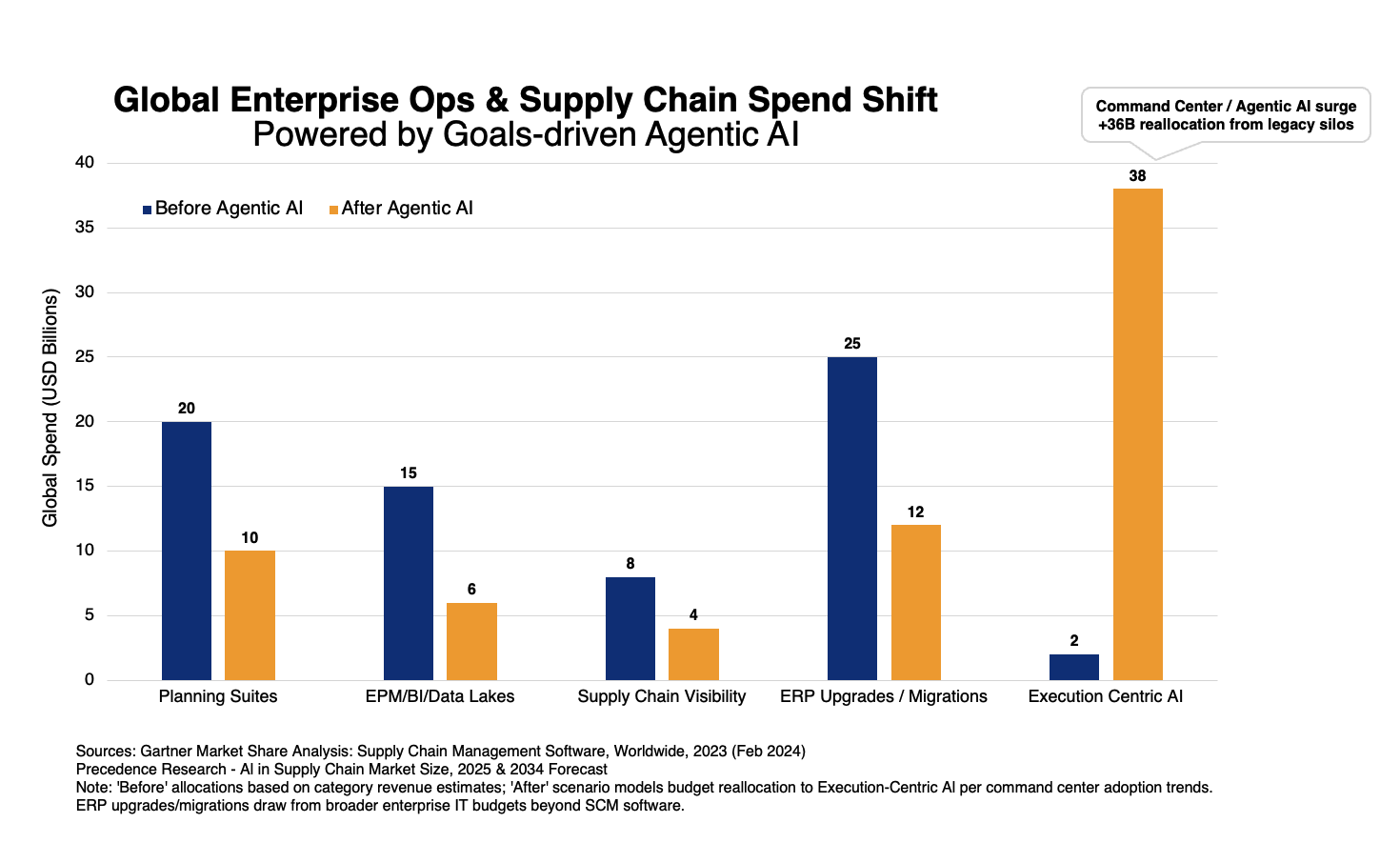AI for Rational Trade Promotions
The absence of data driven marketing decisions is most acute when it comes to trade promotions. An oft quoted Nielson study found that CPG companies worldwide spend a staggering 20% of their revenue in trade promotions. It also mentions that only 41% of those promotions make money. For US, it is even lower at 28%!
“Half the money I spend on advertising is wasted; the trouble is I don’t know which half.”
These famous words by marketing pioneer John Wanamaker still resonate with marketeers more than a century after his death. That his words are still relevant despite the abundance of data makes things even more poignant.
We live in a time and age when rational data-driven decision making has permeated every business function. Then, what explains this anomaly? It is not that the data, the mathematical techniques, the computational horsepower and all the new age tools have in some strange way bypassed the average marketeer. The issue is that the data marketeers deal with is noisier compared to many other functions like say Finance, Inventory or Production. There are many more extraneous factors that influence sales and marketing outcomes, making it difficult to cut through the clutter. So, despite all the data and flashy dashboards, marketeers still struggle to figure the rational data driven solutions for the problems they are faced with.
The absence of data driven marketing decisions is most acute when it comes to trade promotions. An oft quoted Nielson study found that CPG companies worldwide spend a staggering 20% of their revenue in trade promotions. It also mentions that only 41% of those promotions make money. For US, it is even lower at 28% - a number that makes Wanamaker’s strike rate look like a wild success!
But does it have to be this way? Given the sophistication of Machine Learning tools available today, the noisy business environment is no longer an excuse. More importantly, like in many other areas of operations, the planning-execution window is narrowing. So, there is even fewer reasons for things “not going to plan.” And therein lies the opportunity & challenge!
Narrowing Planning & Execution Gap in Promotions
Gone are the days when marketeers and channel partners chalked out yearlong promotion calendars and hoped that assumptions made many months earlier will hold. In today’s competitive digital age, marketing must be more agile & responsive. Retailers and brand-owners should have a continuous pulse of the market and be able to continuously plan and execute promotions on short notice.
This responsiveness is not possible with the old lengthy planning and execution cycles. Fortunately, in addition to traditional machine learning, newer technologies like Large Language Models (LLM) and Agentic AI make it easier to be proactive and respond at the speed of business.
It’s the Elasticity & Cross-Elasticity
The central question in any promotion is what to promote, when to promote and by how much to discount. This is where the concept of price elasticity comes in. It is a measure of the sensitivity of demand to changes in price. How high/low it is and how it varies with time and price dictates the important parameters of the promotion.
In the past measuring elasticity involved conducting surveys and experiments. Not only are these expensive, but they also become quickly outdated because consumer preferences shift rapidly these days.
But now almost every retailer shares daily store sales and inventory data with the brand-owner. OpsVeda’s customers have been leveraging the fluctuation in day-to-day prices due to various reasons including promotions to evaluate the elasticity. And the best part is that machine learning makes it easy to adjust for other confounding factors (“noise”) like weekly/monthly trends, weather, holidays, store demographics, stock-outs and advertising. The elasticity can be reassessed periodically with virtually no additional investment making the exercise much more aligned to shifting market trends.
Pricing action by competing & complementary goods of course will also have an impact on the sales volumes of your product. Cross-elasticity measures this and is an important input for any promotion plan. Like price elasticity, machine learning techniques can help estimate cross-elasticity despite the inherent noise in consumer demand data.
Plan, Promotion Calendar Building & Communication – Agentic AI to the Rescue
Elasticity provides the hard data to short-list SKUs and the corresponding promotion time-windows. But of course, there are “soft” factors also at play. For example, the company will have certain strategic objectives around some product categories, the channel partners of course will also have their own, there may be a need to conform to some promotion seasons centered on important festivals, and so on.
Almost all the information pertaining to these soft factors will be in unstructured format – letters to shareholders, internal memos, emails from buyers at retailers, news feeds, social media chatter and so on. The good news is that Agentic AI can refer these and set goals for each SKU (maximize profit or revenue or share), figure the promotion prices, estimate the promotion ROI and iteratively “reason” to come out with a calendar that satisfies most if not all the stakeholder requirements. The analyst can even review and provide feedback for further iterations. And finally, when machine and human agree, it can prepare the internal & external communications too.
Promotion Execution – Operational Intelligence with a dash of Agentic AI
Now that the SKUs for the promotion are identified, the plan is in place, and it’s blessed by all stakeholders, you just need picture-perfect execution to exorcise Wannamaker’s ghost.
If you have been using OpsVeda to manage your operations, execution is your forte and you are already ahead of most marketing and customer service teams on this front. Whether it is to proactively identify stores over/under performing projections and rejig the inventory, or to adjust the sell-in based on inventory projections, or figure stores that are probably not discounting, the prescriptions are at your fingertips. The alerts are automatically pushed to your colleagues in the field, and they just need to execute as advised.
But there is more to running promotions than making sure that the price is right and that goods are available at the right stores. There is labelling, local advertising, store flyers, and maybe even training of store personnel. Agentic AI with its LLM bloodlines is the perfect tool for this job. All of this and other tasks can be part Agentic AI’s promotion workflow with high levels of automation.
Oh Yes, Promotions can be Rational
Hippasus the Greek philosopher and disciple of Pythagoras was apparently executed because of his discovery of irrational numbers. Pythagoreans believed that the world can be described with rational numbers alone and his discovery was too much at odds with their view. So much that they felt Hippasus deserved the ultimate punishment! We live in better times. Speaking our minds is almost never as deadly. And of course, irrational numbers are mainstream today and life as we know will be impossible without them.
But irrational promotions are a different story. They continue to bleed corporations, and for no good reason. The data and tools required to run rational data-driven promotions has been around for a while. Agentic AI promises to make it even easier.
Talk to us to know how.







